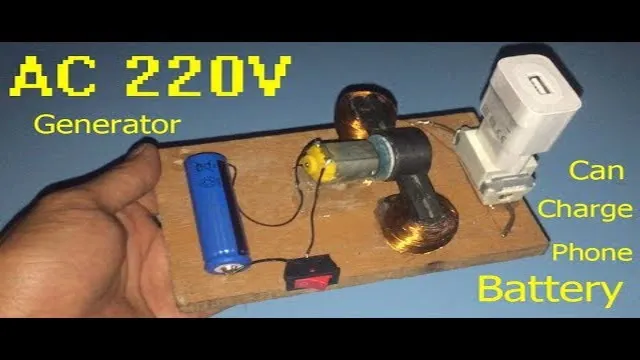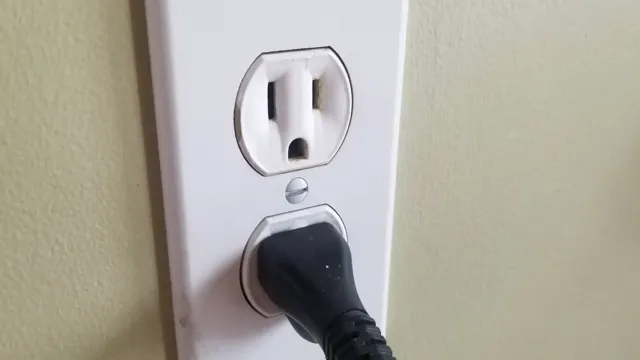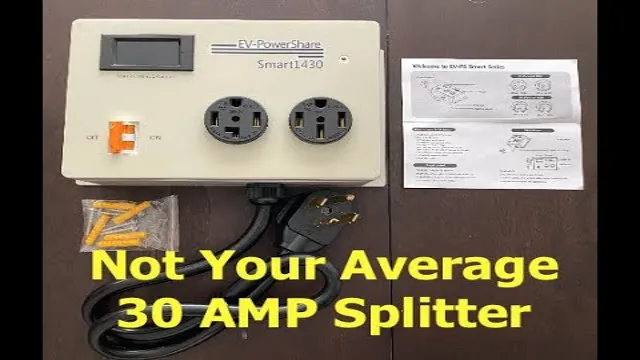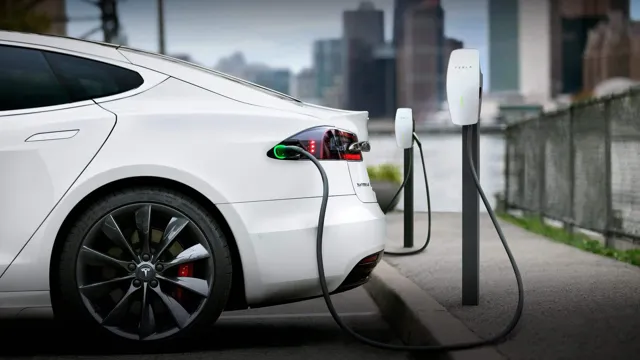Power Up Your EV: Can you Safely Charge Your Electric Car using a Standard Outlet?
Have you been considering an electric car purchase but not sure if you can charge it from your regular home outlet? Well, the good news is that you can! While some electric car owners opt for a level 2 charging station, installing one at home can be costly. So, using a regular outlet is a more affordable option. But before you rush to your garage and start plugging in, there are some things you need to know.
Electric cars draw a lot of power, and charging can take a considerable amount of time. Think of it like a marathon – it’s slow and steady, but in the end, you’ll cross the finish line. So, let’s explore how you can charge your electric car using a regular outlet without overloading it.
Understanding Electric Car Charging
Many people wonder whether they can simply plug their electric car into a regular outlet, and the answer is a bit complex. The short answer is yes, you can technically plug your electric vehicle (EV) into a regular 120-volt household outlet, also known as a Level 1 charging station. However, this is not the most efficient or reliable option for charging your car.
Most EVs require much more power than a regular outlet can provide, and the charging process could take up to 24 hours or longer. Additionally, some older homes or outdated electrical systems may not be able to handle the increased demand for electricity, which can be both dangerous and cause damage to your home’s wiring. That being said, if you are in a pinch and need to add some extra mileage to your EV’s battery, plugging into a regular outlet can be a temporary solution.
In general, it is better to invest in a Level 2 or DC fast charging station, which is specifically designed for EV charging and provides much faster and more efficient charging times.
The Ins and Outs of Charging an Electric Car
Electric Car Charging If you’re new to the world of electric cars, understanding how to charge them might seem like a daunting task. But fear not, it’s actually quite simple. There are three levels of electric car charging- Level 1, Level 2, and DC Fast Charging.
Level 1 charging uses a regular 120-volt socket and is the slowest method. This method can take up to 24 hours to fully charge an electric car. Level 2 charging, on the other hand, uses a special 240-volt charging station and can take anywhere from 4-8 hours to fully charge an electric car.
Finally, there’s DC Fast Charging which can give you an 80% charge in just 30 minutes. It’s important to note that not all electric cars can handle all three types of charging, so it’s best to check your car’s manual to see which types of charging it can handle. With a little bit of planning, electric car charging can be a breeze!
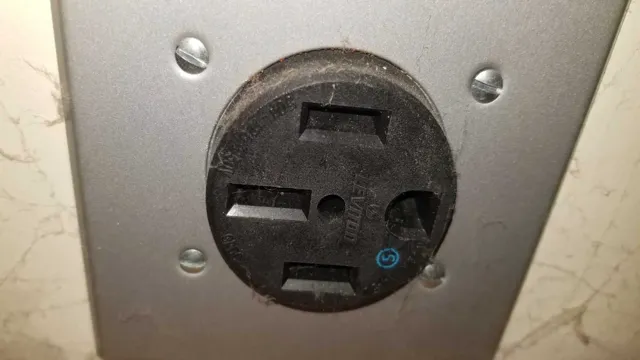
Electric Car Charging Equipment
Electric car charging may seem daunting to those new to the technology, but it is actually quite simple. Just like filling up at a gas station, electric vehicles need to recharge their batteries. It’s a process that uses a specially designed charging system.
There are several types of charging options available, depending on the speed of charging required and the infrastructure available. Level 1 charging uses a standard household outlet and is the slowest option, while Level 2 charging requires a dedicated wall-mounted charger and is faster. DC fast charging is the quickest option and can recharge a battery in about 30 minutes.
It’s important to note that not all electric vehicles can use all charging options, and it’s crucial to know which charging options are compatible with your vehicle before purchasing any charging equipment or planning a trip. With the right equipment and knowledge, charging an electric vehicle can be as easy as plugging in a phone to charge overnight.
Can You Use a Regular Outlet to Charge Your Electric Car?
If you own an electric car, you might wonder if you can use a regular outlet to charge it. The answer is yes, you can, but it’s not recommended for a couple of reasons. Firstly, a regular outlet, also known as a Level 1 charger, only delivers about 120 volts of power, which is relatively slow compared to a Level 2 or Level 3 charger.
It can take up to 24 hours to charge your car fully using a regular outlet, which is not practical for most drivers. Secondly, a regular outlet is not designed for high amperage, which can lead to overheating and even fire hazards. It’s critical to have a dedicated circuit for your Level 1 charger installed by a licensed electrician to ensure safe and efficient charging.
So, while it’s possible to charge your electric car using a standard outlet, it’s not advisable for regular use. It’s better to invest in a Level 2 or Level 3 charger and have it installed by a professional electrician for peace of mind and a faster, more convenient charge.
The Pros and Cons of Using a Regular Outlet
When it comes to charging your electric car, you might be tempted to use a regular outlet. After all, it’s easily accessible and doesn’t require any expensive installations. However, there are both pros and cons to using a regular outlet for electric car charging.
On the positive side, using a regular outlet allows you to charge your car from the comfort of your own home without any special equipment. Plus, it’s convenient and cost-effective if you don’t drive a lot or if you have a shorter commute. However, there are some downsides to using a regular outlet.
Firstly, regular outlets don’t provide the same level of power as dedicated EV charging stations, so you’ll need to leave your car plugged in for longer to get a full charge. This can be particularly problematic if you have a longer commute or if you need your car to be fully charged quickly. Another issue is that regular outlets might not be able to handle the load of charging your car.
If you use a regular outlet for extended periods, it can overheat and cause a fire or damage to your electrical system. In the end, the decision to use a regular outlet or dedicated EV charging station will depend on your individual needs. If you have a shorter commute and don’t mind leaving your car plugged in for longer, then a regular outlet might be a viable option.
However, if you drive long distances or need your car to be fully charged quickly, it’s definitely worth investing in a dedicated EV charging station.
How Much Charge Can You Expect?
When it comes to charging your electric car, you might be wondering how much power you can get from a regular outlet. The answer is, unfortunately, not very much. A standard 120-volt outlet can provide a charging rate of around 4 to 5 miles per hour of charging time, which means that it can take quite a while to fully charge your car.
However, if you upgrade to a 240-volt outlet, you can expect a much faster charging rate of around 20 to 25 miles per hour of charging time. This can significantly decrease the amount of time it takes to fully charge your car, making it much more convenient for daily use. Of course, the charging rate will also depend on your car’s battery capacity and the charging station you are using.
Overall, while a regular outlet can be used to charge your electric car, upgrading to a dedicated charging station or a higher voltage outlet is recommended for faster and more efficient charging.
Factors That Impact Charging Speed
If you’re considering buying an electric car, you’re probably wondering if you can use a regular outlet to charge it. The simple answer is yes, you can. However, it may not be the most efficient or practical option.
Charging your electric car using a regular outlet means using a Level 1 charger, which can take up to 24 hours to fully charge a battery. This is because regular outlets typically provide between 120-240 volts of power, which is much lower than the 400 volts needed for fast charging. Additionally, charging your electric car using a regular outlet can put a strain on your home’s electrical system, which may not be equipped to handle the additional load.
To avoid this, it’s recommended that you have a dedicated circuit installed for your electric car charger. This will ensure that the charger operates safely and efficiently without causing any issues with your home’s electrical system. In conclusion, while you can use a regular outlet to charge your electric car, it’s not the most practical or efficient option.
If you want to charge your car quickly and safely, consider installing a dedicated circuit and using a Level 2 or Level 3 charger.
Alternative Charging Options
Many electric car owners wonder if they can plug their vehicles into a regular outlet, also known as Level 1 charging. While it is possible, it’s not the most efficient or recommended option. Regular outlets are typically rated at 120 volts and 15-20 amps, which can take up to 30 hours to fully charge a car battery.
This is impractical for everyday use as it is not always feasible to leave the car charging for that length of time. Plus, using regular outlets poses safety risks due to overloading, voltage drop, and overheating. For this reason, Level 2 charging stations are recommended for home charging, which typically require a 240-volt outlet.
While they come at an additional cost, they offer faster and safer charging times, making the investment worth it for regular electric vehicle drivers. In conclusion, while it is possible to use a regular outlet for charging, it’s not the most practical or safe option. Opting for a Level 2 charging station provides better and faster charging without risking any damage to your car or home.
Level 2 Charging Stations
Level 2 charging stations provide an alternative charging option for electric vehicle owners. These stations use a 240-volt electrical circuit, which is twice the power of a standard household outlet. This means that Level 2 charging stations can charge an electric vehicle much faster than a regular outlet.
On average, Level 2 charging can provide up to 25 miles of range per hour of charging time. This makes them ideal for when you need to charge your electric vehicle quickly while out and about. Many businesses, including hotels, parking lots, and malls, have started installing Level 2 charging stations to make it easier for electric vehicle owners to charge their vehicles.
While electric vehicle owners may still rely on home charging, having access to Level 2 charging stations when out and about can provide peace of mind and ensure you always have enough charge to get to your next destination.
DC Fast Charging Stations
With the increasing popularity of electric vehicles, the need for efficient charging options is more important than ever. While traditional charging methods, such as Level 2 charging stations, provide a slower charging rate, DC fast charging stations offer a faster, more convenient option for EV owners on the go. These charging stations use direct current to provide a quick charge to your vehicle’s battery, allowing you to get back on the road in no time.
What’s even better is that DC fast charging stations are becoming more accessible, with many public areas, such as rest stops and shopping centers, offering them as an alternative charging option for EV drivers. So, if you’re looking for a quick and efficient way to charge your electric vehicle, consider using a DC fast charging station and take advantage of the benefits it provides.
Final Thoughts and Recommendations
If you’re wondering whether you can plug your electric car into a regular outlet, the answer is “it depends.” While it’s technically possible, most regular outlets (also known as Level 1 charging) won’t provide enough power to fully charge your car in a reasonable amount of time. Instead, it’s recommended that you use a Level 2 charging station or have a dedicated outlet installed in your home.
These options will provide faster and more efficient charging for your electric vehicle. Plus, you won’t have to worry about overloading your home’s electrical system or causing a fire hazard. So while it may be tempting to use a regular outlet to save money, investing in a proper charging solution will ensure that your electric car stays fully charged and ready to go whenever you need it.
Conclusion
In conclusion, the answer to the question “Can I plug my electric car into a regular outlet?” is yes, you technically can. But just as you wouldn’t use your hair dryer to power your entire home, relying on a regular outlet to charge your electric car may not be the most efficient or safe option. Investing in a dedicated EV charger or consulting with an electrician to properly upgrade your home charging setup will ensure that you’re getting the most out of your electric vehicle without putting your home’s electrical system at risk.
So, while it may be tempting to take the DIY route and plug into a regular outlet, opting for a smarter charging solution is the truly electric choice.
FAQs
What is the minimum voltage required for charging an electric car using a regular outlet?
The minimum voltage required for electric car charging using a regular outlet is 120V.
What is the average charging time required for an electric car using a regular outlet?
The average charging time required for an electric car using a regular outlet is 8 to 12 hours.
Can I install a special charging outlet at home for my electric car?
Yes, it is recommended to install a special charging outlet, like a Level 2 charging station, for faster charging and safety reasons.
Is it safe to charge an electric car using a regular outlet?
While it is safe to charge the car using a regular outlet, it may take longer and may not provide enough power if the car’s battery is completely depleted.


